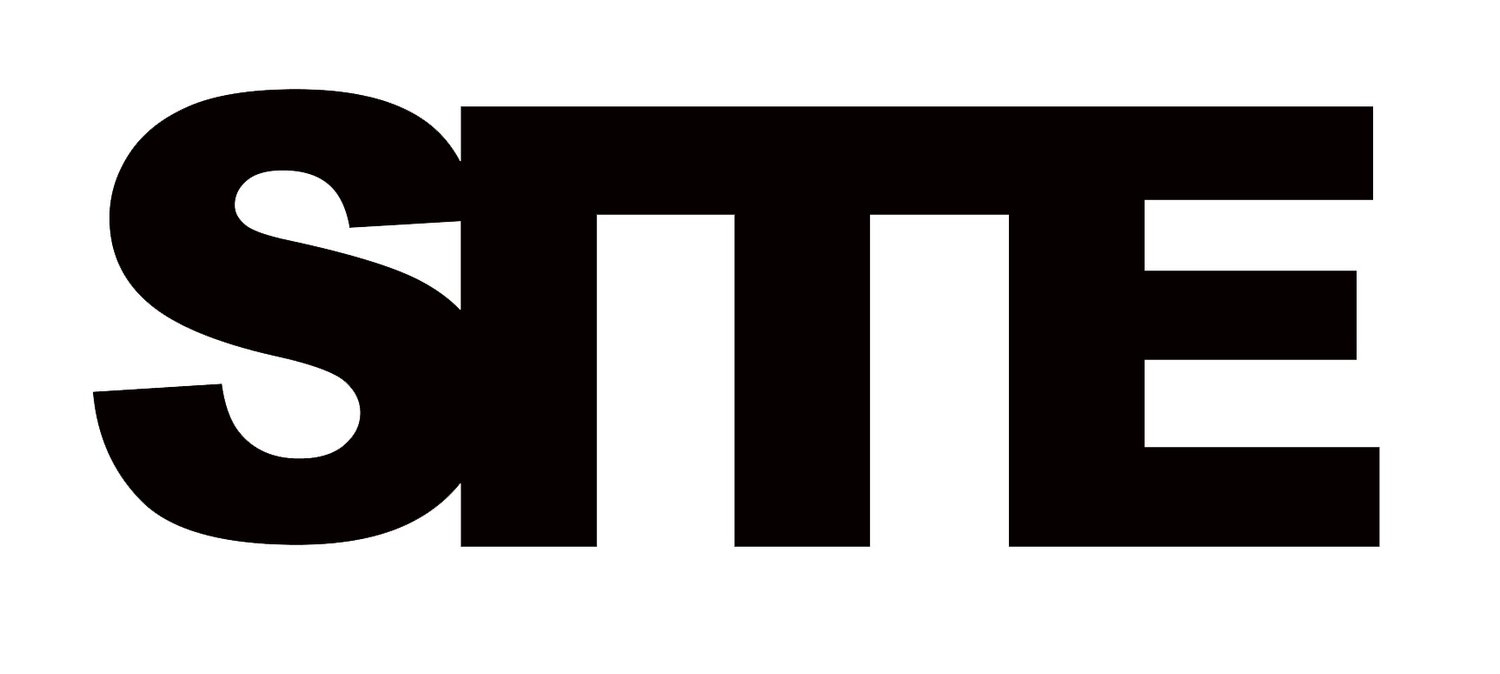Bestiari
Catalan Pavillion
60th Venice Biennal, until November 24th 2024
Stranieri Ovunque – Foreigners Everywhere
Artist: Carlos Casas
Curator: Filipa Ramos
“Bestiari” is an audiovisual project by Carlos Casas, which immerses visitors within a hypnotic environment of sounds and images emerging from the creatures that inhabit the natural and imagined Catalan landscapes. Its title refers to the first natural history compendium ever made, the bestiary, in which animals of all sorts were described, often accompanied by lessons of life and conduct.
Frictions
A frog leaps across a soccer field at dawn. The grass is moist, the sun is not yet up. She makes the distance in a couple of minutes, without much ado. The same frog, ten minutes later, encounters a cliff. In no way can she continue her route as planned, without a re-route. This is the example used to explain the geographical term friction of distance to me: what determines the cost of moving from point A to point B in any given environment. Friction of distance is a core principle of geography that states that movement incurs some form of cost, in the form of physical effort, energy, time, and the expenditure of other resources, and that these costs are proportional to the distance traveled. The cost for this particular frog, moving across the soccer field at dawn is very cheap, but too dear facing the vertical rock.
Installation image, Bestiari, Venice 2024, ©Flavio Coddou
In Carlos Casas ambitious installation “Bestiari” in the Catalan Pavilion in this year’s Venice Biennale, we see and hear animals move through their habitats, captured by video, heat-sensitive cameras, and microphones. “Bestiari“ includes audio and visual material of seven animals from all over the world: elephants, bats, dolphins, snakes, donkeys, parakeets, and bees. Each animal is presented through their particular perspective—their Point of View. The audience can relax in beanbags, watching a large projection where non-humans demonstrate how they navigate their worlds to the lowest possible friction cost.
I visited almost alone and could immerse myself in the amazing soundscape made with ambisonics 3D infrasound spatialization. Casas has even included sounds inaudible to the human ear, but to some of the portrayed animals. The visuals and sounds come together in a dreamy, slightly eerie spatial composition, that sadly does not work at all when the friction of the Biennale opening hours are set to very high (as they were on my second visit), and the sonic experience is drowned by the human sounds of loud cheek-smacks and pleasantries. The stampede of the art world sometimes presents the greatest friction to the art itself.
Carlos Casas, Batvision, Bestiari
Continuing with military terminology; the famous philosopher of war, Carl von Clausewitz, coined the term Friction. In On War (published posthumously in 1832) he wrote: “[Friction is] the concept that differentiates actual war from war on paper.” Those surprising things that happen during wartime making “even the simplest thing difficult.” He emphasizes the unpredictable nature of warfare, where factors such as weather, terrain, and human (or in Casa’s case—animal) psychology introduce friction, often disrupting intricate strategies. For Clausewitz, understanding and managing friction is central to successful military operations, requiring adaptability, resilience, and creative problem-solving.
Within the Venice Biennale’s theme “Foreigners Everywhere”, Clausewitz’s notion of friction is as relevant as ever. Planning a war, and tracing wildlife share parallels with the huge challenges of mass migrant movements due to wars and climate crises. In all cases, the pursuit of understanding and managing the movement of living beings encounters myriads of uncertainties, obstacles, and complexities – socio- and geopolitical, environmental, and cultural, to name a few.
Alas, friction, a term with deep roots in military strategy, in geography as well as in computer programming and game theory, serves as means to investigate and talk about the challenges and complexities of achieving goals, In this case, demonstrated in the show “Bestiari”. Watching Casa’s work, I send kind thoughts to Clausewitz, for overthinking something that the non-humans on screen seem to have no problem comprehending, and implementing as they go.
Carlos Casa’s work draws inspiration from Catalan writer Anselm Turmeda’s often quoted critique of human superiority—The Disputation of the Donkey, dating back to 1417. Turmeda's (or Abdullah al-Tarjumani as he was known after converting to Islam) allegorical tale challenges the notion of human exceptionalism, questioning our assumed dominance over the natural world. In his book, Turmeda presents a compelling argument through the voices of various animals, highlighting their intelligence, agency, and intrinsic value. The donkey, representing the marginalized and voiceless, challenges the arrogant assumptions of human superiority, arguing that animals possess their unique forms of intelligence. The book bears the clear influence of Muslim philosophy: the arguments cited by the donkey are traceable to Rasa’il Ikhwan al-Safa, the Epistles of the Brethren of Purity, a tenth-century neo-Platonic Arabic encyclopedia. The novel is most likely the earliest text to transmit Arabic ideas to Europe—part of the vast traffic of ideas from the Middle East that informed and shaped the Renaissance in Europe. The donkey’s position also resonates with contemporary discourse on wildlife conservation, which seeks to elevate the voices and perspectives of non-human beings in the Anthropocene environment they are rapidly adapting to but also succumbing from.
Installation image, Bestiari, Venice 2024, ©Gerda Studio
Casas' immersive and sensory-rich film depicts the environments and the lives of non-human beings, blurring the boundaries between human and non-human worlds, between the inner and outer realities of our shared existence. His hypnotic storytelling and audiovisual compositions can be seen as trance-like meditations on animal resilience and devil-may-care attitude in navigating the high-friction world created by humans.
By embracing ambiguity and complexity, Casas' work confronts the limitations of human knowledge and control, suggesting a deeper appreciation for the interconnectedness of all living beings. Through his multisensory approach to storytelling, Casas aims to bridge the gap between scientific data, fairytales, and lived experiences. Putting himself in the position of the all-seeing, non-linear narrator, tracing, recording , and editing the movements and sounds of different animals, he paradoxically puts himself in the position of the superior human being that Friar Anselm argues for in the Turmeda text. The beforementioned donkey successfully argues the non-superiority of humans in 18 arguments but takes a beating in the 19th argument where Friar Anselm forces the donkey to admit defeat, arguing that Christ (interestingly enough a shepherd of trade) was taking human form and not that of an animal.
Due to the original text being burnt in the Spanish Inquisition, there are only different translations of the original Catalan text left; and maybe that is why it is interpreted in varying ways in regards to who actually won the argument; Casas invites the audience to make up their own mind in the matter.
Installation image, Bestiari, Venice 2024, ©Flavio Coddou
The audio- and visual display mesh seamlessly with the space into an elegant display of an Otherness, that when familiarizing myself with it, soon starts to reveal its own logic and merging with my own perceptual faculties. I’m left feeling like I’ve had a private, dreamy moment pondering the subject matter at hand, in a very intuitive way. Unfortunately, the impression suffers as soon as more than a handful of visitors are in the room at the same time. The project is divided into different parts that are supposed to be seen one after the other. It is an ambitious project that perhaps is trying to encompass too much in one go. These ideas might well have been easier to digest in clearly divided individual pieces, or in a one person show, without the competition of the rest of the Venice Biennale, where the audience rarely have the time to sit through something longer than a couple of minutes.
Having said that; in the guise of the donkey, I will argue that setting out to portray animal experience and how it intersects with human perception, is compassion at its best, and in the end maybe the only trait in humans that might save us from obliterating all species and in the end, also our own.
*
The arguments of the donkey in Anselm Turmeda’s
“The Disputation of the Donkey”
Intelligence: The donkey argues that animals possess intelligence and reasoning abilities, which humans often overlook. They have their own ways of understanding and interacting with the world.
Instinct and Adaptation: Animals are equipped with instincts that allow them to adapt and survive in their environments, often more efficiently than humans.
Social Structures: Many animals have complex social structures and hierarchies, demonstrating sophisticated social organization and cooperation.
Communication: Animals communicate in various ways, both within their species and sometimes with other species, showing that they have their own languages and methods of expression.
Emotional Capacity: Animals experience emotions such as fear, joy, and grief, indicating that they have rich emotional lives similar to humans.
Ethical Behavior: Some animals display behaviors that can be seen as ethical or moral, such as caring for their young, helping injured peers, and forming long-lasting bonds.
Independence from Human Constructs: Animals do not rely on human constructs such as money, politics, or religion, yet they thrive and maintain balance in nature.
Environmental Harmony: Animals live in harmony with their environment, taking only what they need and contributing to the ecosystem's health.
Survival Skills: Animals have honed survival skills that allow them to find food, shelter, and safety without the technological aids humans use.
Natural Roles: Every animal has a role in the ecosystem, contributing to the balance of nature in ways that humans often disrupt.
Reproductive Success: Animals have effective reproductive strategies that ensure the survival of their species, demonstrating their ability to sustain life.
Non-Hierarchical Societies: Many animal societies do not have rigid hierarchies, leading to more equitable and cooperative living arrangements.
Resourcefulness: Animals are resourceful and innovative in finding solutions to problems in their environments.
Health and Medicine: Animals often use natural remedies to heal themselves, showing their understanding of the medicinal properties of plants and other natural resources.
Artistic Expression: Some animals engage in behaviors that can be interpreted as artistic or creative, such as birds building intricate nests or dolphins creating bubble rings.
Environmental Awareness: Animals have an acute awareness of their surroundings and can sense changes in the environment, often better than humans can.
Adaptability: Animals are highly adaptable and able to survive in a wide range of environments and conditions, from extreme cold to intense heat.
Spirituality: While not in the same way as humans, some argue that animals exhibit forms of spirituality or ritualistic behavior, indicating a deeper connection to their existence.
Katarina Löfström is an artist based in Stockholm.
Carlos Casas, Snakevision, 2024, Bestiari.






